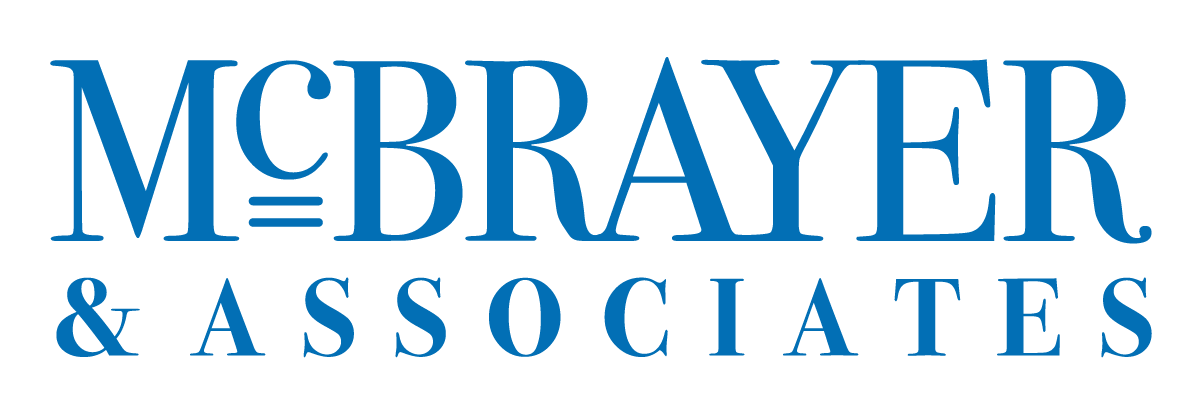How to Write a Business Proposal: 6 Particulars for the Strong Start

You have probably heard that there are three parts to a story, and the business proposal template is not much different.
In order to intrigue your potential client, your presentation outline should do these three things:
- Tell your prospective customer what you’re about to say.
- Say it.
- Tell then what you said.
What most sales representatives don’t know is that the most important part of any business presentation is the first part. This is the part where you get—or don’t get—your potential client’s attention. This post shows how to write a business proposal with a strong start.
5 Biggest Presentation Outline Mistakes
The beginning of this sample business proposal requires that your potential client is confident in you and believes in you. The five mistakes—or the easiest way to lose your prospective customer’s confidence and belief in you—are listed below.
- No clear purpose.
- No audience benefit.
- No clear flow.
- Too much detail.
- Too long-winded.
This list may seem exhausting, but you do not need to memorize it. The Strong Start of how to write a business proposal is detailed below, and it avoids all of the above mistakes.
To learn how to write a business proposal from start to finish, click here to download Program on Persuasion’s Business Proposal eBook.
The Strong Start
The business proposal template for the Strong Start looks complex, but it looks that way because it sets up your entire presentation. The astounding part is that all of this preparation is for the first thirty seconds of your presentation.
The first thirty seconds of your presentation are the most important part.
The following six components should make up the first thirty seconds of your sample business proposal.
- The Opening Gambit.
- Unique Value Proposition
- Proof of Concept
- WIIFY
- Point B
- Preview and Running Time
Next, we will detail each of the six components for clearer understanding.
The Opening Gambit
The very beginning of your presentation template consists of the opening gambit. We design it to grab your audience’s attention. Your business relationship with your prospective customer has developed by this time so that you know them, and because you know them, you also know what interests them most.
There are several options for your opening gambit. The key is customizing the gambit to meet your potential client’s problem or opportunity. Below, we have listed several options you can use in the opening gambit section of your business proposal template.
- Question: How could you possibly give the same exam two courses in a row?
- Statistic: Most homeowners only get one bid when painting their home.
- Anecdote: 80% of juries decide the verdict after only the opening remarks….
- Quotation: “Ailing organizations have developed a functional blindness to their own defects,” John Gardner.
- Analogy: … equivalent of the paradigm shift of backing up a trailer.
- Aphorism: “You can lead a horse to water….”
One thing to remember is that you should not apologize for taking the time of your potential client. Not only does it sound weak, but an apology shows your lack of confidence that your buyer will enjoy this sample business proposal.
The Unique Value Proposition
The Unique Value Proposition (UVP) simply names or titles your solution. The beginning of your presentation is too soon to get into the details of value proposition examples, so the title of you avoid mistakes three, four, and five—losing your flow, too much detail, and too long-winded.
For start-to-finish detail and value proposition examples, click here to download Program on Persuasion’s Business Proposal eBook.
Proof of Concept
Proof of Concept is usually one line that illustrates your success with the unique value proposition. Avoid the temptation of telling the buyer everything to get him or her to understand anything. The goal in this section of the presentation outline is to get the prospective customer interested. We will tell them more, but later, in the body of the presentation outline.
What’s In It For You (WIFFY)
The WIIFY encapsulates the one or two of your potential client’s most powerful desired results—or benefits—that your prospect told you that they wanted. This section should be simple and to the point.
Point B
Point B is your call to action. In this section of your presentation outline, you tell the buyer the exact purpose of this meeting:
I am going to ask you to commit to [something] at the end of this presentation. I have not given you enough information to commit now, but I will.
We always need to begin with the end in mind so that the buyer is not surprised by our call to action.
Preview and Running Time
The last thing the seller should include in the beginning of the business proposal template includes the preview and running time. Your potential client wants to see the agenda so they know what’s coming and how long it will take. Don’t make them guess. Positioning this section at the end of the presentation outline also allows for an easy transition into the body of the presentation.
Here’s an example of how that transition might look:
With that, we have easily transitioned into the second portion of the presentation, “Saying it.”
To see Program on Persuasion’s start-to-finish presentation outline, download our Business Proposal eBook.
Conclusion
This business proposal template details how to write a business proposal’s strong start, or its very beginning, in order to hook the potential client, including six main ingredients for success.
Photo by Benjamin Child.
